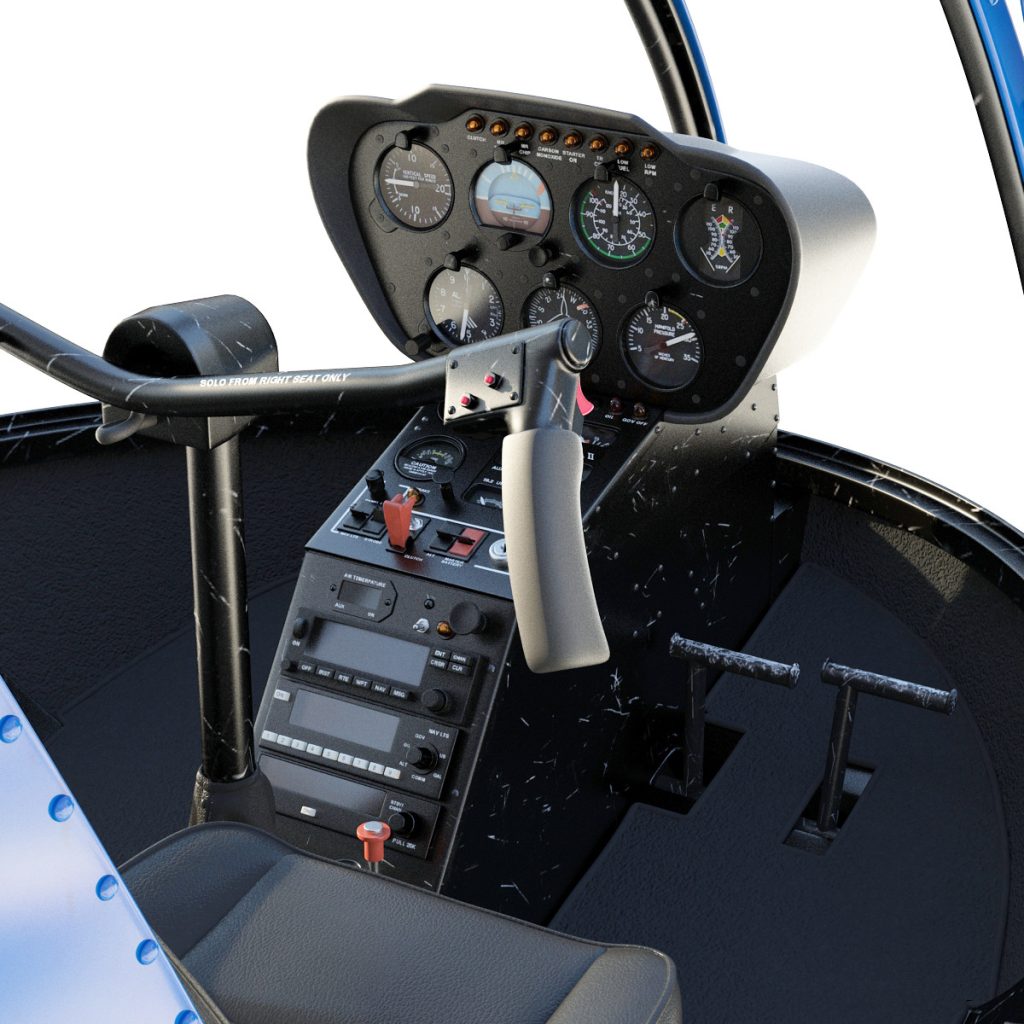The helicopter industry offers a diverse range of career opportunities, each catering to different interests, skill sets, and professional goals. Whether you are drawn to the fast-paced environment of emergency medical services (EMS), the scenic allure of tourism flights, or the practical demands of utility operations, selecting the right career path requires careful consideration. Understanding the various roles within the helicopter industry, their requirements, and their advantages and disadvantages can help aspiring pilots and aviation professionals make informed decisions about their future. This article explores the main career options in helicopter aviation, the key factors to consider when choosing a path, the qualifications needed for each specialty, and an evaluation of their respective pros and cons.
Exploring the Different Career Opportunities in the Helicopter Industry
The helicopter industry encompasses a broad spectrum of roles, each serving unique functions and serving different sectors. Emergency Medical Services (EMS) helicopters are vital for rapid response in medical emergencies, transporting patients from accident scenes or remote locations to healthcare facilities. Tourism helicopters provide scenic flights, offering passengers a bird’s-eye view of landscapes, landmarks, and natural wonders, often operating in popular travel destinations. Utility helicopters serve a variety of practical purposes, including construction support, aerial surveying, firefighting, and power line maintenance. These roles require specialized skills and equipment, and they contribute significantly to public safety, economic development, and recreation. The diversity within the industry allows professionals to choose a career that aligns with their interests, whether they seek to save lives, provide entertainment, or support industrial operations.
Key Factors to Consider When Choosing a Helicopter Career Path
When selecting a helicopter career, individuals should evaluate several critical factors to ensure alignment with their aspirations and circumstances. Personal interest and passion play a significant role; for example, a desire to work in emergency response might steer someone toward EMS, while an appreciation for scenic landscapes could attract them to tourism. Practical considerations such as geographic location, job stability, and potential earnings are also important; certain specialties may offer more consistent work opportunities or higher compensation. Additionally, the physical and mental demands of each role, including the need for quick decision-making, working under pressure, or irregular hours, should be taken into account. Long-term career growth prospects, required certifications, and the availability of training programs are other vital factors that influence the decision-making process. Ultimately, a well-informed choice considers both personal passions and pragmatic considerations to foster a fulfilling and sustainable career.
Understanding the Requirements and Qualifications for EMS, Tourism, and Utility Roles
Entering the various helicopter career paths necessitates specific qualifications and experience levels tailored to each role’s demands. For EMS roles, pilots typically need a commercial pilot license (CPL) with additional certifications in aeromedical operations, along with specialized training in emergency procedures and patient handling. Tourism pilots often require a CPL, along with experience in scenic or passenger flying and excellent customer service skills to enhance passenger experience. Utility helicopter roles demand a strong technical background, often requiring a CPL with endorsements in specialized operations such as aerial work, firefighting, or construction support. Many utility pilots also benefit from experience in handling heavy loads or operating in challenging environments. Across all sectors, maintaining current certifications, medical fitness, and ongoing training are crucial to meet regulatory standards and ensure safety. The specific requirements vary by country and employer, but a solid foundation in helicopter piloting and specialized training are universally essential.
Evaluating the Pros and Cons of Each Helicopter Career Specialty
Each helicopter career specialty offers distinct advantages and challenges that can influence a professional’s satisfaction and success. EMS flying provides a highly rewarding experience, knowing that one’s skills can directly save lives; however, it often involves irregular hours, high-pressure situations, and exposure to traumatic incidents. Tourism flying allows for scenic, passenger-focused work that can be enjoyable and less stressful, but it may be seasonal and sensitive to economic fluctuations or environmental conditions. Utility operations tend to offer stable employment opportunities with a focus on industrial and infrastructural projects, providing diverse and technically challenging work; on the downside, these roles can involve physically demanding tasks, working in remote or hazardous environments, and irregular schedules. Weighing these factors helps aspiring helicopter pilots determine which specialty aligns best with their lifestyle preferences, resilience, and career goals, ultimately guiding them toward a fulfilling professional path within the industry.


